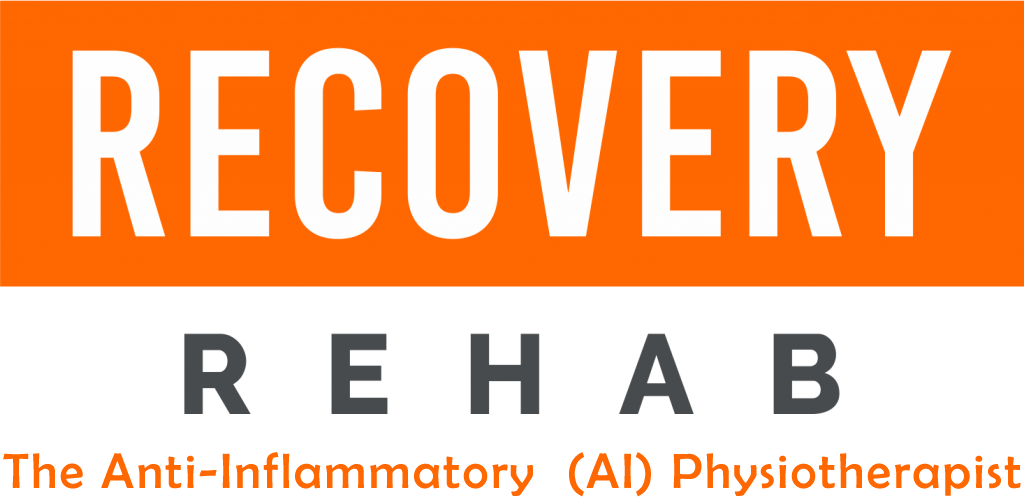Reclaiming Mobility: Top Physiotherapy Techniques for Injury Recovery
Injury recovery can be a challenging journey, but with the right physiotherapy techniques, you can reclaim your mobility and get back to doing what you love. Whether you’ve suffered a sports injury, undergone surgery, or experienced chronic pain, physiotherapy plays a crucial role in the rehabilitation process.
Why Physiotherapy is Essential for Injury Recovery
Physiotherapy focuses on restoring movement, reducing pain, and strengthening muscles and joints to promote long-term health. Skilled physiotherapists use a variety of techniques to help individuals regain flexibility, strength, and mobility.
Top Physiotherapy Techniques for Injury Recovery
-
Manual Therapy
-
What it is: Hands-on techniques like joint mobilization and soft tissue massage to improve movement and alleviate pain.
-
Benefits: Helps restore joint flexibility, reduces muscle tension, and improves circulation to the injured area.
-
-
Strengthening Exercises
-
What it is: A structured exercise plan designed to build muscle strength around injured joints or muscles.
-
Benefits: Strengthening exercises stabilize weak areas, prevent further injury, and support recovery by improving function.
-
-
Range of Motion (ROM) Exercises
-
What it is: Exercises focused on gradually improving the flexibility and range of motion in affected joints.
-
Benefits: Vital for preventing stiffness, improving joint mobility, and enhancing your ability to move freely post-injury.
-
-
Balance and Proprioception Training
-
What it is: Exercises designed to improve coordination and stability, particularly important after injuries that affect balance, like ankle sprains.
-
Benefits: Reduces the risk of future injuries by strengthening your body’s ability to maintain balance and respond to changes in movement.
-
-
Heat and Cold Therapy
-
What it is: Applying heat to loosen tight muscles or cold therapy to reduce inflammation and pain.
-
Benefits: Effective in managing pain and speeding up the recovery process.
-
-
Electrical Stimulation (E-Stim)
-
What it is: A technique that uses electrical impulses to stimulate muscle contractions and improve blood flow to the injured area.
-
Benefits: Helps in pain management and muscle re-education, particularly after long periods of inactivity.
-
-
Ultrasound Therapy
-
What it is: A method that uses sound waves to promote tissue healing and reduce inflammation.
-
Benefits: Accelerates healing, improves circulation, and reduces pain in deep tissues and joints.
-
Personalized Physiotherapy for Optimal Recovery
Every injury is different, so your physiotherapist will develop a personalized treatment plan based on your specific needs and recovery goals. This customized approach ensures that you’re not only treating the symptoms but also addressing the root cause of the injury.
Benefits of Physiotherapy in Injury Recovery
-
Pain Relief: Immediate and long-term relief from pain through targeted therapy.
-
Improved Mobility: Exercises designed to increase flexibility, strength, and endurance, allowing you to regain full mobility.
-
Faster Recovery: By improving blood flow, reducing inflammation, and strengthening muscles, physiotherapy can speed up your recovery time.
-
Prevent Future Injuries: Physiotherapy techniques focus on building strength and stability to prevent recurring injuries.
Common Injuries Treated with Physiotherapy
-
Sports Injuries: Sprains, strains, and tears.
-
Post-Surgical Rehabilitation: Recovery after orthopedic surgeries like knee replacements or ACL repairs.
-
Back and Neck Pain: Chronic conditions or acute injuries caused by strain or poor posture.
-
Fractures and Dislocations: Ensuring proper healing and regaining function after broken bones.
How to Maximize Your Physiotherapy Results
-
Follow Your Plan: Consistently following your physiotherapist’s recommended exercises and treatment schedule is key to a successful recovery.
-
Stay Active: Gradual, safe movement is essential for regaining mobility without overstressing the injured area.
-
Communicate with Your Physiotherapist: Keep your physiotherapist informed about your progress and any concerns to adjust the plan as needed.
Physiotherapy is an essential component of injury recovery, helping individuals regain mobility, reduce pain, and prevent future injuries. By incorporating proven techniques like manual therapy, strengthening exercises, and heat/cold therapy, you can speed up the recovery process and reclaim your mobility.
If you’re recovering from an injury, consult with a professional physiotherapist to create a personalized plan that will get you back on your feet in no time.

